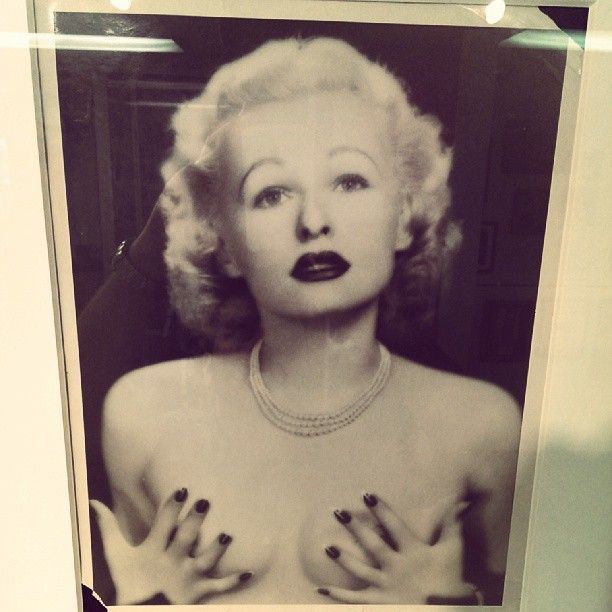Name Hinda Wausau | Died 1980 | |
 | ||
Grandpa and stripper 93 year old reminisces about hinda wausau burlesque
Hinda Wausau (1906 – 1980) was a chorus girl who became a star of striptease and burlesque. She was from Connecticut, United States.
Contents
- Grandpa and stripper 93 year old reminisces about hinda wausau burlesque
- Innovative dancer
- Versatile performer
- References
Innovative dancer

Wausau was in burlesque dancing beginning in 1928. She claimed that she invented striptease when she was a chorus girl and one of her straps broke. The audience applauded enthusiastically. Wausau appeared in an Ed E. Daley production, Temptations, presented at the Robbins Playhouse in Syracuse, New York, in June 1929. The blonde entertainer displayed both her singing and dancing talents in the stage comedy.
She was recruited by Billy Rose for his revue which showcased Eleanor Powell and Hal Le Roy. Premiering in late July 1932, Wausau was described by Rose as the best cooch dancer since Gilda Gray first startled the public. She was on the same bill as the Paul Whiteman Orchestra. Wausau played the Ritz Theater in Syracuse with Bozo Snyder in March 1933. The burlesque show was called Follies of the Day.
Wausau was managed by her husband, Rube Bernstein, in 1938. Ann Corio had the same manager until she discovered Wausau was getting better breaks and dancing at a competitor club. Corio quickly fired Bernstein. At the time Corio had moved from burlesque to vaudeville and was heading a troupe at Fay's Theater in Philadelphia, Pennsylvania. Wausau was planning a divorce in February 1941.
Erotic dancer Georgia Sothern debuted a magic act at the Samoa night club on 52nd Street (Manhattan) in February 1948. Wausau soon followed Sothern as a 52nd Street entertainer.
Versatile performer
She was tested several times for a Hollywood film contract. Wausau was considered for the role of Sadie Thompson in a revival of Rain at a Rochester, New York stock theater in June 1940. The character was made famous by Jeanne Eagels in the 1920s.
